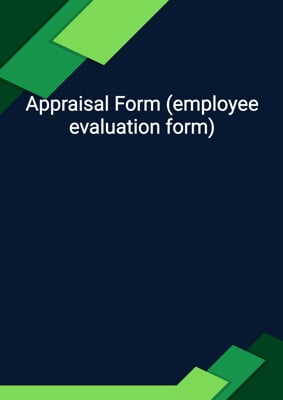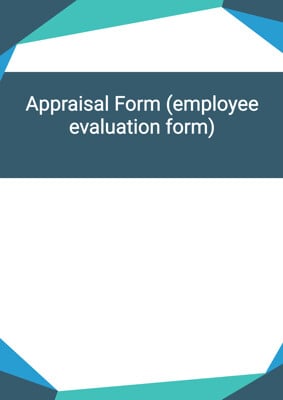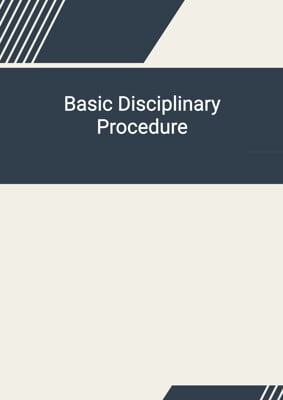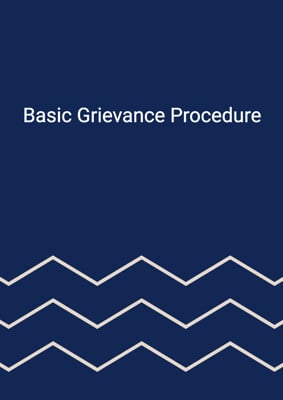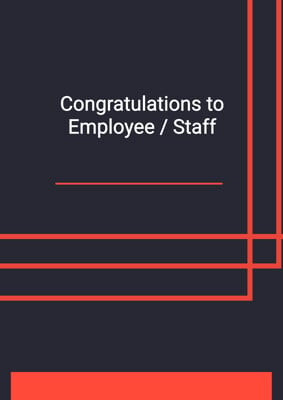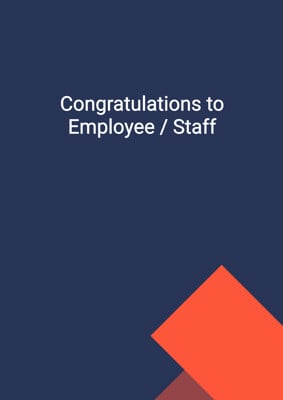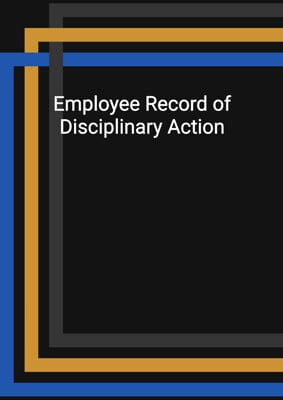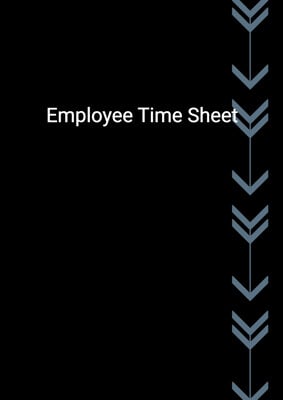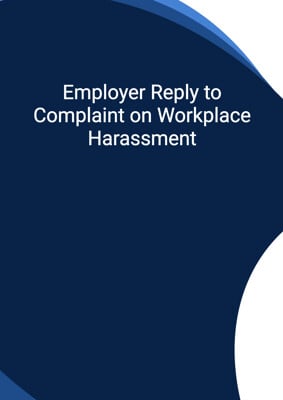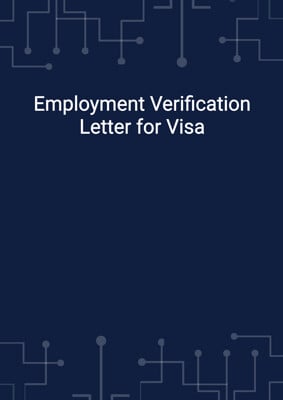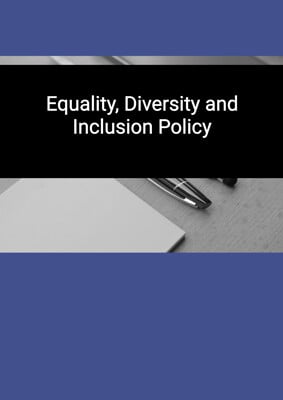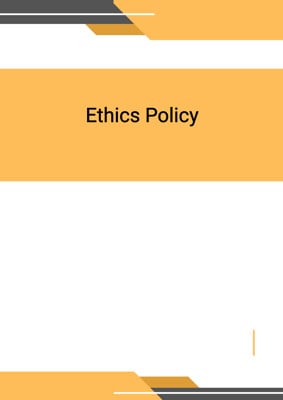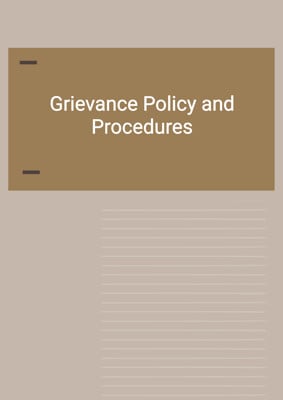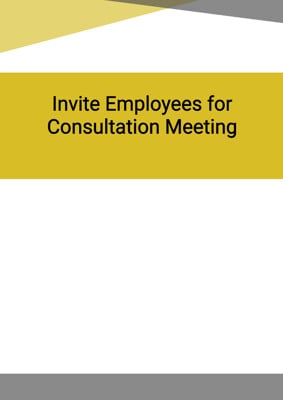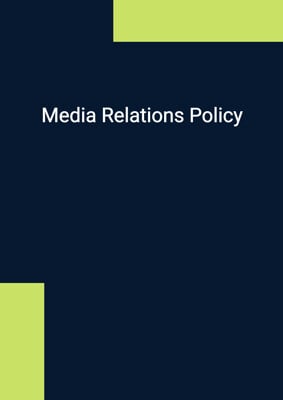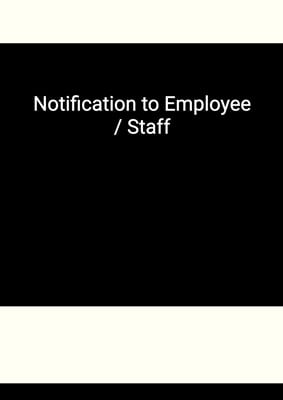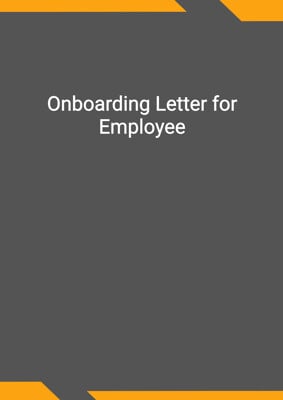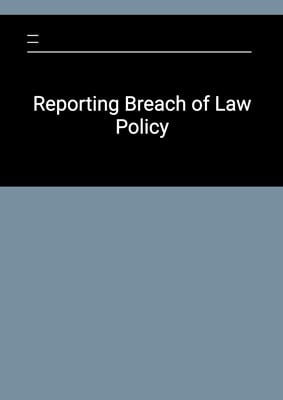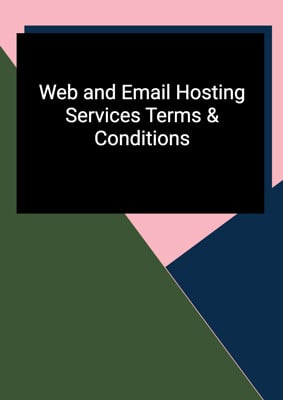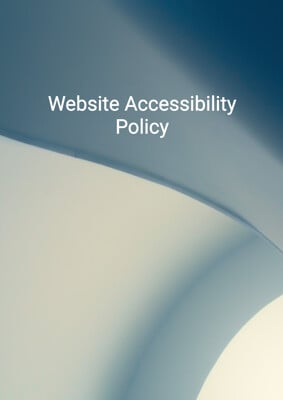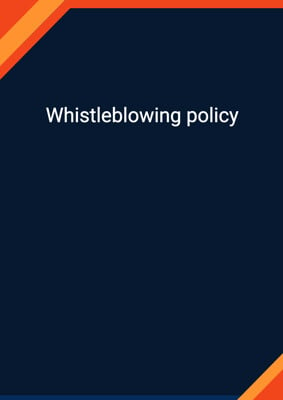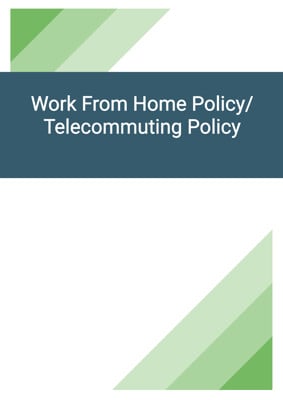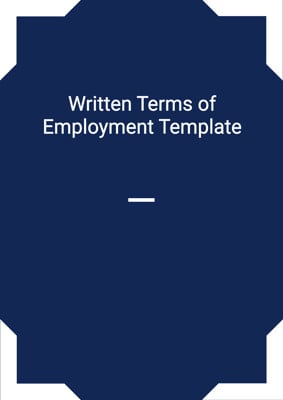How to Tailor the Document for Your Need?
01
Create Document
Click "Create Document" button and the document will be prepared with your account details automatically filled in.
02
Fill Information
Please fill in any additional information by following the step-by-step guide on the left hand side of the preview document and click the "Next" button.
03
Get Document
When you are done, click the "Get Document" button and you can download the document in Word or PDF format.
04
Review Document
Please review the document carefully and make any final modifications to ensure that the details are correct before publication / distribution.
Document Preview
Document Description
A Hybrid Work Policy is a strategic framework that allows employees to split their working hours between the office and remote locations, offering a blend of in-person and virtual work experiences. Unlike traditional office-based or fully remote models, the hybrid approach provides the flexibility to choose where and when employees perform their duties.
Key Components: 1. Eligibility Criteria: Hybrid Work Policies typically outline criteria for employees eligible to participate in the hybrid model. Factors may include the nature of job responsibilities, individual performance, and compliance with the application process.
2. Application Procedures: Clear guidelines on how employees can apply for the hybrid work arrangement are a crucial aspect. This involves a formal process, often including written requests to supervisors, specifying the intended work-from-home days, and obtaining necessary approvals.
3. Terms and Conditions: To ensure a smooth transition, the policy delineates terms and conditions, clarifying that changes to employment terms may necessitate the creation of a new contract. It also addresses eligibility for certain roles and the possibility of returning to the office based on business needs.
4. Attendance and Availability: Even in a hybrid model, companies maintain expectations regarding work hours, attendance, and responsiveness. This section of the policy emphasizes the importance of accountability and adherence to employment terms regardless of the chosen work location.
5. Equipment and Security: Recognizing the need for secure remote work environments, Hybrid Work Policies often detail the provision of necessary equipment, such as company laptops. Security measures, including the use of Virtual Private Networks (VPNs), ensure the protection of sensitive information.
6. Dress Code: While flexibility is a key principle, policies commonly specify the expected dress code for virtual meetings and client interactions, balancing comfort with professionalism.
The Importance of Hybrid Work Policies:
-
Flexibility and Work-Life Balance: Hybrid Work Policies acknowledge the diverse needs of employees, allowing them to tailor their work environment to suit personal and professional demands. This flexibility contributes to improved work-life balance, enhancing overall well-being.
-
Talent Attraction and Retention: Companies adopting hybrid models are better positioned to attract top talent by offering a sought-after perk – the freedom to choose where work happens. Additionally, retaining experienced employees becomes more feasible when organizations demonstrate a commitment to adapting to modern work trends.
-
Operational Resilience: Hybrid models empower companies to build resilience by diversifying their operational strategies. The ability to seamlessly transition between remote and in-person work ensures business continuity in the face of unforeseen challenges such as pandemics, natural disasters, or disruptions to daily operations.
-
Employee Satisfaction and Productivity: Providing autonomy in choosing the work environment fosters a sense of trust and empowerment among employees. Studies show that satisfied employees are more engaged and, consequently, more productive.
How to Use the Document?
-
Key provisions: Begin by understanding the introductory section of this template, which outlines the purpose and context of the document. Familiarize yourself with the template's objectives and how it aligns with the company's goals.
-
Customization for Company Needs: Tailor the template to align with the specific needs and policies of your company. Modify any generic information to reflect the company's unique culture, procedures, and requirements.
-
Communication of Eligibility Criteria: Clearly communicate the eligibility criteria outlined in the template to relevant stakeholders within the company. Ensure that employees are aware of the criteria for participating in the outlined processes.
-
Training on Application Procedures: Conduct training sessions or provide clear instructions on the application procedures detailed in the template. Ensure that employees understand the steps involved in submitting applications or requests.
-
Implementation of Equipment and Security Measures: Implement the guidelines related to equipment usage and security measures as per the template. Ensure that employees are aware of and adhere to protocols for safeguarding company information.
-
Regular Review and Updates: Establish a process for regularly reviewing and updating the template. Ensure that any changes align with the company's evolving policies and procedures. Communicate updates to relevant stakeholders.
Not the right document?
Don’t worry, we have thousands of documents for you to choose from:







